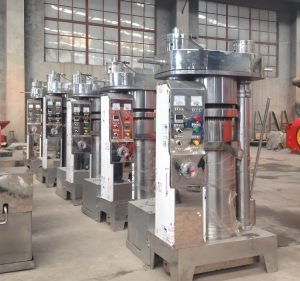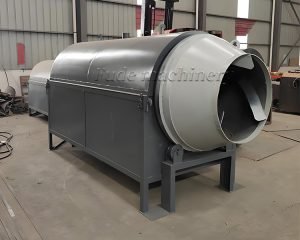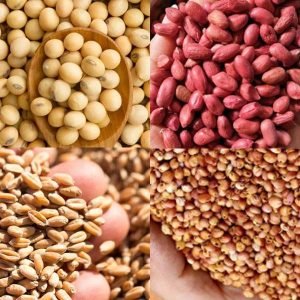How Do You Refine Crude Oil into Edible Oil?
The oil that comes straight from a press is called crude oil. It is not ready to be sold in stores. To refine crude oil into edible oil, you must put it through a special process. This process cleans the oil and makes it stable, clear, and good for cooking.
We are Fude Machinery. As a direct manufacturer of oil processing equipment, we build the machines that do this job. We want to show you exactly how it works. This guide will take you through the four main steps of the edible oil refining process.
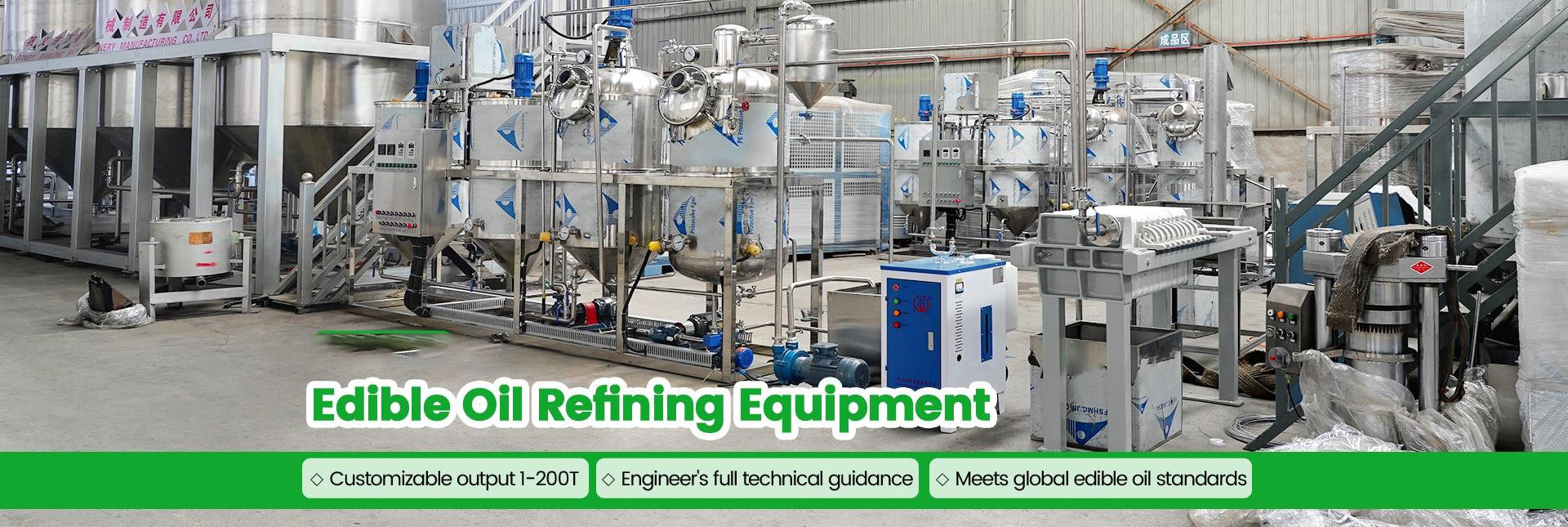
Table of Contents
- What impurities are present in crude oil?
- What qualities does refining crude oil enhance?
- Refining Process: Degumming
- Refining Process: Deacidification
- Refining Process: Decolorization
- Refining Process: Deodorization
- Application Areas of Refining Equipment
- Refining Machine: Summary Recommendations
What impurities are present in crude oil?
Crude oil (i.e., unrefined vegetable or animal oil) requires refining primarily because it contains various impurities and harmful components. These substances not only compromise the oil’s quality, stability, and safety but also limit its range of applications.
- Source: Crude oil may become contaminated with raw material residues (such as cake particles), silt, fibers, etc., during the pressing or extraction process.
- Impact: Impurities reduce the transparency of oils, affecting quality, and may carry microorganisms or heavy metals, increasing storage and processing risks.
- Colloidal impurities: Primarily include phospholipids, proteins, sugars, and other colloidal substances.
- Phospholipids readily absorb water and swell, causing oils to become cloudy or even separate into layers, affecting appearance and stability.
- Colloidal substances undergo caramelization at high temperatures, producing black precipitates that compromise the quality of fried foods.
To sell your oil in the modern food market, you need a product that is consistent, stable, and appealing to consumers. People expect their cooking oil to be clear, light-colored, and to have a neutral taste and smell. The entire purpose of an oil refinery plant is to remove these impurities step-by-step. The process transforms the dark, cloudy, and strong-smelling crude oil into a high-quality finished product with a long shelf life. Without refining, your oil business cannot compete or meet food safety standards. This process is not optional; it is essential for commercial success.
What qualities does refining crude oil enhance?
- Enhancing Oil Stability: Unsaturated fatty acids in crude oil are prone to oxidation, leading to rancidity and spoilage. By removing pro-oxidants (such as copper and iron ions) and adding antioxidants, the shelf life of oils can be extended.
- Eliminating harmful substances: Reducing or removing harmful substances through refining processes (such as alkali refining, adsorption, distillation) and strict quality control.
- Removal of pigments and off-flavor compounds: Crude oil may contain natural pigments such as chlorophyll and carotenoids, as well as off-flavor compounds like aldehydes, ketones, and hydrocarbons. Improvement is achieved through adsorption decolorization (using activated white clay or activated carbon to adsorb pigments) and distillation deodorization (removing off-flavor compounds under high-temperature vacuum conditions).
- Removal of Mechanical Impurities: Crude oil may become contaminated with raw material residues (such as cake particles), silt, fibers, etc., during pressing or extraction. Solid impurities are removed through sedimentation, filtration, or centrifugal separation.
Refining Process: Degumming
Refining Machine Filtration Process: Degumming, deacidification, decoloring, deodorization, dewaxing, etc. Refining equipment tailored to the specific oil quality.
Degumming is the first step, and its job is to remove the sticky gums from the crude oil. These gums are mainly phospholipids. If you leave them in the oil, they will cause problems later. They settle at the bottom of storage tanks, creating waste. During heating, they burn and turn the oil dark. They also interfere with the next steps of refining. So, you must get them out first. The most common way to do this is called hydration degumming. It is a simple but very effective process that uses a basic principle: gums absorb water, but oil does not.
In this step, we mix the crude oil with a small amount of hot water or a weak acid solution. The mixture is agitated in a special tank. The gums absorb the water, becoming heavy and dense. They then separate from the oil, much like mud separating from water. The heavy, hydrated gums can then be easily removed using a high-speed centrifuge. This process is very important. It purifies the oil and also creates a valuable by-product. The separated gums, called lecithin, can be dried and sold as a valuable food emulsifier. A well-designed degumming section is the first key to an efficient oil refinery plant.
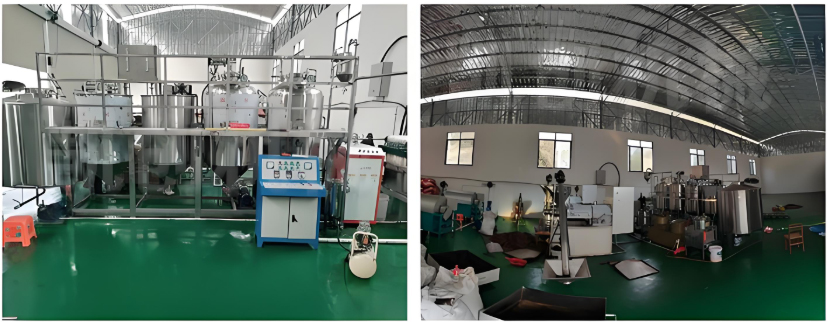
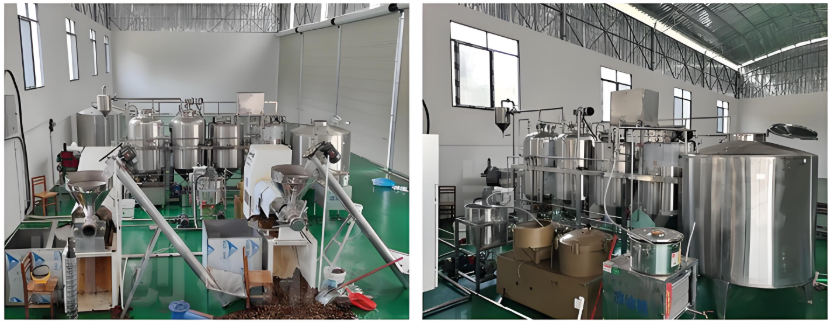
Refining Process: Deacidification
Deacidification is the second step, and its goal is to neutralize the free fatty acids (FFAs). FFAs are what make oil go bad. They give the oil an acidic, sharp taste and cause it to spoil very quickly through oxidation. They also cause the oil to smoke when you heat it. To create a stable cooking oil, you have to get rid of them. The standard method for this is called alkali refining or chemical neutralization. It works by adding a food-grade alkali, usually caustic soda (sodium hydroxide), to the oil. The alkali reacts with the free fatty acids.
This chemical reaction turns the FFAs into soap. This soap is much heavier than the oil and is not soluble in it. The mixture is then sent to a centrifuge, which spins at a high speed. The centrifuge separates the heavy soapstock from the lighter, neutral oil. The result is an oil with very low acidity, which is exactly what you want. This step is critical for ensuring the final oil has a long shelf life and a clean, neutral taste. Managing this process correctly is a key function of our refinery equipment, ensuring you produce a high-quality product every time.
Refining Process: Decolorization
The third step, decolorization, is exactly what it sounds like: it removes the color from the oil. After the first two steps, the oil is clean, but it might still have a dark or reddish color. This color comes from natural pigments in the original oilseed, like chlorophyll and carotenoids. While these are not harmful, most consumers prefer cooking oil that is light golden and clear. To achieve this, the oil must be bleached. This process uses a special, natural material called bleaching earth, which is a type of activated clay.
The oil is heated under a vacuum and then mixed with a small amount of this bleaching earth. The clay has a very porous structure, like a sponge. As it mixes with the hot oil, its tiny pores trap and absorb the color pigments. After a set amount of mixing time, the oil is passed through special filters. These filters catch the bleaching earth, along with the color pigments it has absorbed. The oil that comes out is significantly lighter in color, looking much closer to the final product you see on a shelf. This step is all about meeting the visual expectations of the consumer.
| Refining Step | What it Removes | Why it’s Important for Your Business |
|---|---|---|
| Degumming | Gums (Phospholipids) | Increases oil stability and creates a valuable by-product (lecithin). |
| Deacidification | Free Fatty Acids (FFAs) | Greatly improves shelf life and taste; prevents oil from smoking. |
| Decolorization | Color Pigments | Creates the clear, light golden color that consumers expect and prefer. |
| Deodorization | Odor and Taste Compounds | Produces a completely neutral oil perfect for all cooking applications. |
Refining Process: Deodorization
Deodorization is the last and most sophisticated step. It removes any remaining unwanted smells and flavors from the oil. Even after the first three steps, the oil may still have a slight “beany” or “grassy” odor from the original plant material. To create a truly versatile cooking oil, it must be completely neutral. This final purification step is what achieves that perfect neutrality. The process uses high temperature, high vacuum, and live steam. It works on the principle that the molecules causing the bad odors are more volatile, meaning they evaporate more easily than the oil itself.
In a large stainless steel tower called a deodorizer, the oil is heated to a very high temperature (over 240°C or 464°F) under a strong vacuum. The vacuum prevents the hot oil from oxidizing. Then, live steam is injected into the bottom of the tower. As the steam bubbles rise through the hot oil, they strip away the volatile odor and flavor compounds. The steam carries these unwanted compounds out of the tower, leaving behind only the pure, odorless, and tasteless oil. The oil is then quickly cooled. This final step is the most energy-intensive, but it is absolutely essential to refine crude oil into edible oil that meets the highest global standards.
Application Areas of Refining Equipment
Refining machines have a wide range of applications, spanning multiple sectors including food, industry, pharmaceuticals, and cosmetics.
- Food Industry: Common oils such as soybean oil, rapeseed oil, peanut oil, sunflower seed oil, and corn oil all require processing through oil filters to remove harmful substances (e.g., pesticide residues, heavy metals) and undesirable components (e.g., bitter-tasting gums, free fatty acids that affect flavor) from crude oil.
- Industrial Applications: Oils such as jatropha oil and palm oil contain high levels of free fatty acids, gums, and moisture. Directly using these oils for biodiesel production results in low reaction efficiency and high impurity levels in the final product. Refining equipment employs “deacidification,” “degumming,” and “dewatering” processes to produce qualified refined oil, which is then used in transesterification reactions to manufacture biodiesel.
- Feed Industry: “Feed-grade fats” (such as lard, tallow, and refined waste cooking oil) added to animal feed must undergo refining to remove harmful substances (e.g., heavy metals) and impurities. This prevents diseases (such as liver damage) in animals after consumption while enhancing the digestibility and absorption rate of the fats.
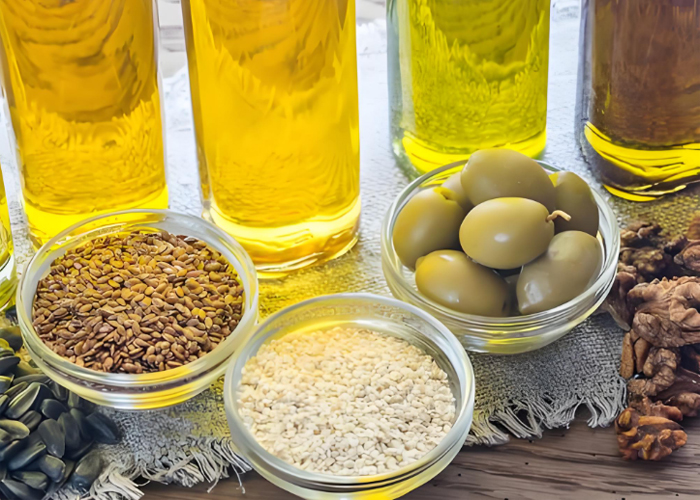
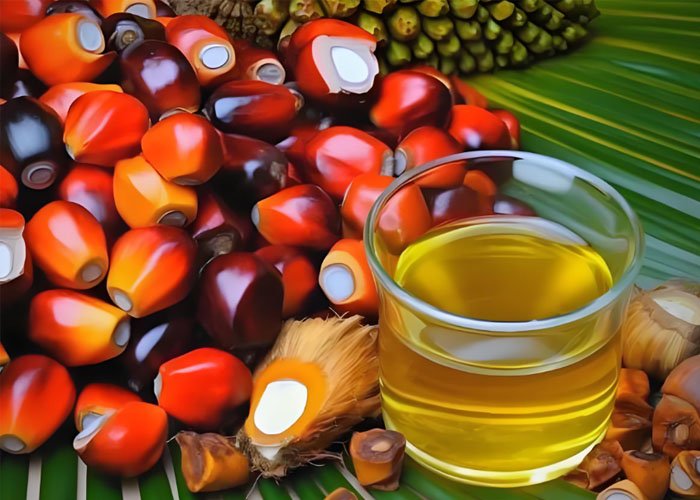
Refining Machine: Summary Recommendations
Refining crude oil is a critical step in enhancing the quality, safety, and stability of edible oils. Through systematic refining processes, impurities and harmful components are effectively removed, enabling oils to meet food-grade or industrial standards while extending shelf life and broadening application scope. Unrefined crude oil is suitable only for specific industrial uses (such as biodiesel feedstock), whereas edible oils must undergo rigorous refining to ensure safety.
This is what we specialize in at Fude Machinery. We design and manufacture complete, integrated oil refinery plants that perform all these functions reliably and efficiently. We provide a one-stop solution from the crude oil tank to the final polished product.
Are you ready to produce high-quality edible oil?
Contact our expert team at Fude Machinery today. We can provide a detailed consultation and a quotation for the perfect refinery equipment to meet your business needs.
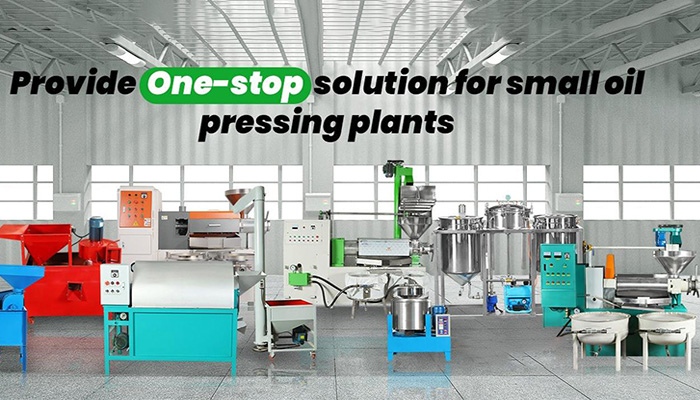
Related recommendations
-
What is the purpose of a refining machine
193An oil refining machine has one main job. It cleans crude oil. It turns a raw, often dark, and strong-smelling liquid into a clean, stable, and valuable product. At Fude Machinery, we build these machines for a huge variety of uses. The scope is ...
View details -
What is the difference between hydraulic oil press and screw oil press
324Hydraulic oil press and spiral oil press are two common oil crop oil pressing equipment, which have significant differences in pressing principles, applicable oil materials, oil yield and efficiency, equipment advantages and disadvantages, etc.
View details -
Which countries are using dryers and have an impact on agriculture
416Drying machines are widely used in many countries and regions around the world, especially in some developed countries where the popularity rate of drying machines is very high.
View details -
What Are the Key Characteristics of Oily Materials?
271As a business owner in the oil processing industry, your main goal is to get the most oil out of your raw materials. The machine you use is very important, but the seeds themselves play a huge role. Understanding the oil seed properties of your r...
View details
 Oil Press Equipment and Oil Refining Machinery for Sale – Start Your Oil Press Business
Oil Press Equipment and Oil Refining Machinery for Sale – Start Your Oil Press Business

